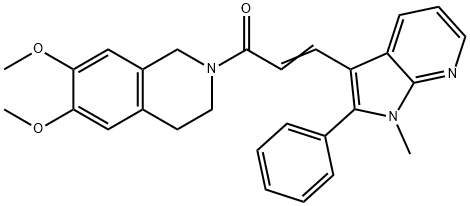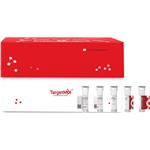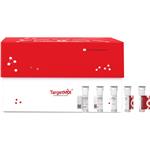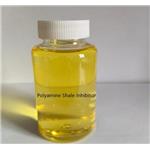SMAD3 Inhibitor, SIS3 selectively inhibits TGF-β and activin. It has been shown to reduce TGF-β1-induced type 1 procollagen expression and myofibroblast differentiation in normal dermal fibroblasts as well as scleroderma fibroblasts.
ChEBI: An enamide resulting from the formal condensation of the amino group of 6,7-dimethoxy-1,2,3,4-tetrahydroisoquinoline with the carboxy group of (2E)-3-(1-methyl-2-phenyl-1H-pyrrolo[2,3-b]pyridin-3-yl)acrylic
cid.
Primary Target
TGF-β1-dependent Smad3 phosphorylation and Smad3-mediated cellular signaling', 'The specific inhibitor of Smad3 (SIS3) is a pyrrolopyridine compound. It selectively blocks transforming growth factor (TGF)-β1-dependent mothers against decapentaplegic homolog 3 (Smad3) phosphorylation and Smad3-mediated cellular pathway without affecting Smad2, p38 mitogen-activated protein kinase (MAPK), extracellular-signal-regulated kinase (ERK), or phosphoinositide 3-kinase (PI3K) signaling. Through its inhibitory function, SIS3 regulates fibrosis, apoptosis, and inflammation in mouse unilateral ureteral obstruction (UUO) kidneys. Therefore, SIS3 can be an effective drug in further anti-fibrosis treatment of kidney disease.



